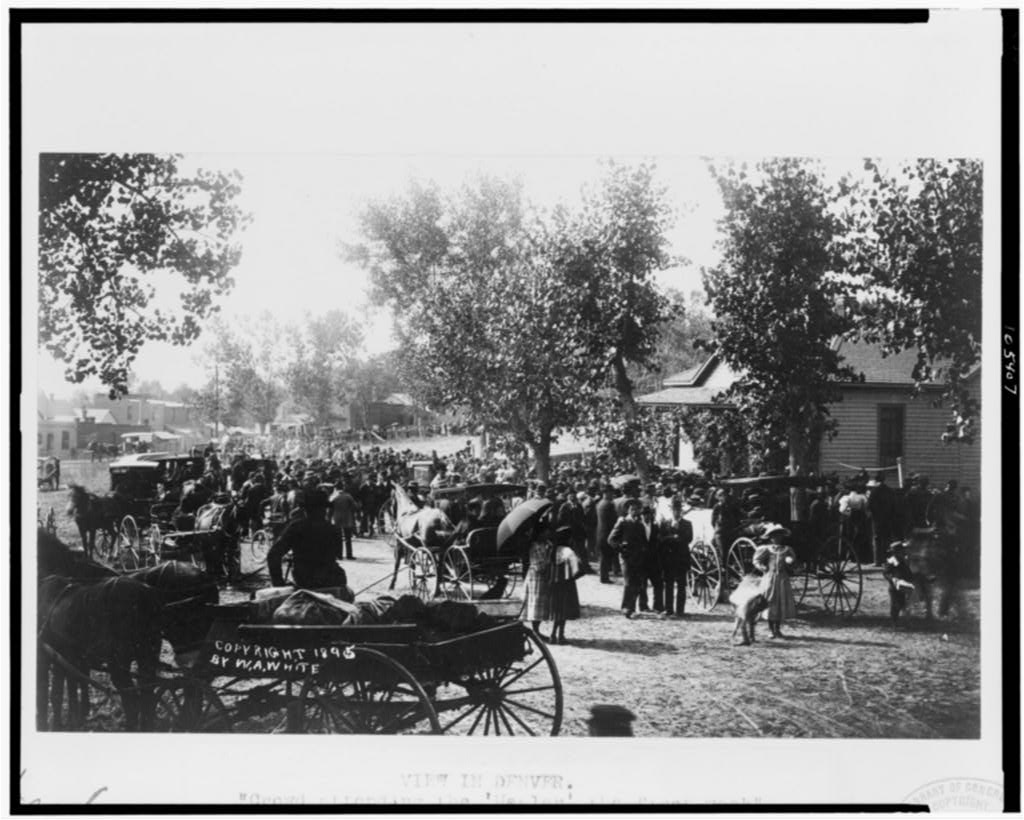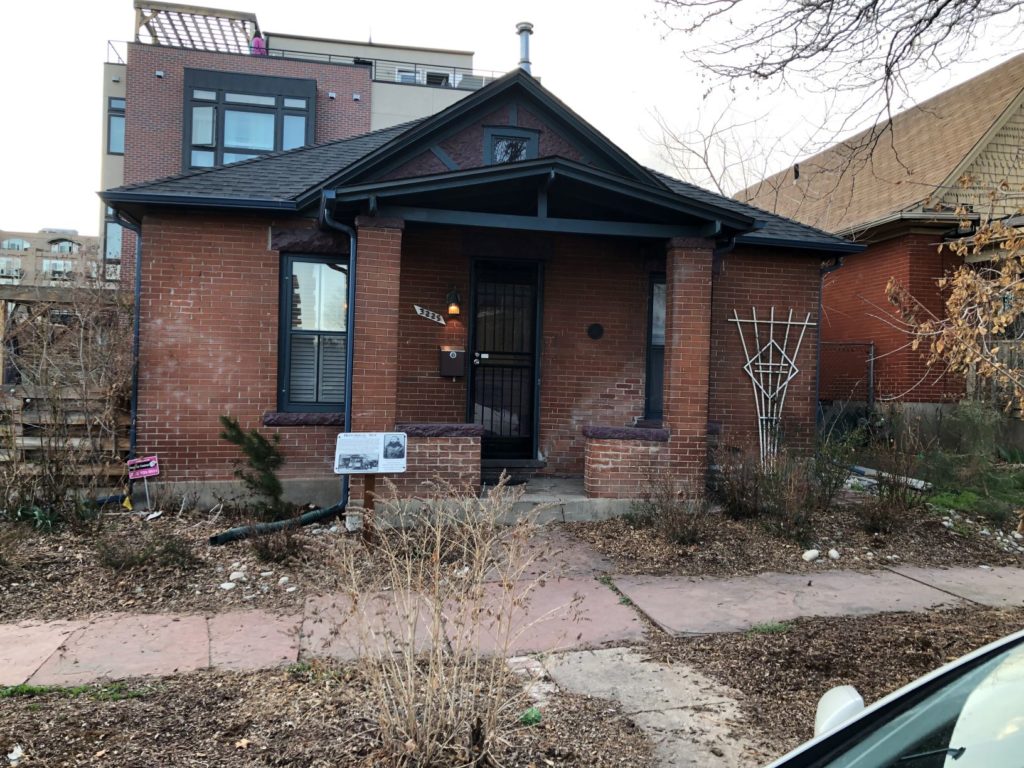Denver in 1895 experienced nothing as drastic as the current coronavirus epidemic. Denver citizens were still feeling the effects of the Silver Panic of 1893 and perhaps North Denver citizens argued over what color their fancy one horse carriages should be.
I doubt that Edward Fox realized what would happen to upset the quiet peace of his north Denver block when he invited Francis Schlatter to live with his family in his modest one-story worker’s cottage at 725 Witter Street, now 3225 Quivas.

Francis Schlatter was an Alsatian immigrant and former cobbler who believed he had a special gift from God. He believed his very touch could heal people. Tom Noel reports in his must-have text on Denver history, “Denver Landmarks & Historic Districts,” that the Fox home, built in 1888, is now a Denver landmark. Schlatter centered his healing ministry in the humble front yard of the Fox home. So many people showed up to meet the healer that Mr. Fox had to build a receiving platform just behind his white picket fence. Every day from 9 AM until 3 PM, Schlatter, an experienced healer from New Mexico, would greet those seeking to receive his healing benediction. Noel estimates that Schlatter attracted some eighty thousand people over the two months in the north Denver yard on Quivas Street.
Local railroad lore mentions that trainloads of sick people came to Denver on special Union Pacific trains. They disembarked at Union Station, which began to look like a hospital ward. They then boarded special North Denver trolley cars whose front banner announced, “The Car for the Healer.” Rumors of Schlatter’s healings spread through the community by word of mouth and in the printed media,the only media available in 1895. The long-haired eye-piercing Schlatter demanded no particular confession of faith before holding hands of those seeking his healing touch. He accepted no money for the healing sessions which separated him from most of the other faith healers operating in the west at that time and, indeed, even today. A story of his bringing a young girl back from the dead two times only to lose her on the third time made its way through the neighborhood. Farm workers testified that he healed their disabled limbs.
In the evenings Schlatter and Fox answered thousands of letters sent to him at the Quivas street house. The post office workers knew where to take the thousands of letters addressed to Schlatter for prayers “for the Father.” Most of these prayerful petitions were simply addressed to “The Messiah, Denver Colorado.”
Schlatter’s two month stay with the Fox family ended with a message left on the bed in the Fox house. The note was simple and as mysterious as the 5′ 9″ healer himself. “Mr. Fox, My mission has ended. The Father takes me away. Good Bye.”
Fox told people the healer is gone and he did not know where he went.

Stories flowered about where he went. Some say his skeletal remains were found in the mountains of Mexico. Some say he walked across the western United States. Some said he died of starvation. Readers interested in learning more about the healer after he quickly vanished from north Denver can read David Wetzel’s book published in 2016, a thorough study of the healer in “The Vanishing Messiah: The Life and Resurrection of Francis Schlatter.”
Wetzel is a former staffer at History Colorado. Wetzel found that when reports of Schlatter’s death appeared in U. S. newspapers in 1897, bearded blue-eyed long haired Schlatter imitators announced to the world that he was not dead but ready to heal folks again.
Tom Noel concludes his entry on the Fox House history saying that “the Fox house is all that is left of healer Schlatter’s mysterious ministry. John Varone, bought the home from Fox’s widow, Mary, in 1912 and built the extant grocery store on the corner of West 33rd and Pecos.” The Varone Family has for a long time contributed to the history of North Denver. Their family still lives here in Denver.
Hamlet tried to tell us that human knowledge is limited as we have to wrestle with experiences which confront empirical verification when he says to Horatio: “There are more things in heaven and earth, Horatio, than are dreamt of in your philosophy.” This applies to those of use who today face the challenges of the coronavirus as much as it did to those alive in Shakespeare’s day.
Today Hamlet and Shakespeare would shout to those of us looking for miracles in the hood, “Trust Dr. Anthony Fauci.” Listen to him trained by the Jesuits at Regis High School in New York City. His calm, steady, and rational scientific voice may miraculously see us through this crisis.
The Honorable Dennis Gallagher is a former city auditor, city councilman, state senator and state representative. He’ll be sharing thoughts and stories from North Denver’s past and future in his reoccurring column in the North Star.

Be the first to comment